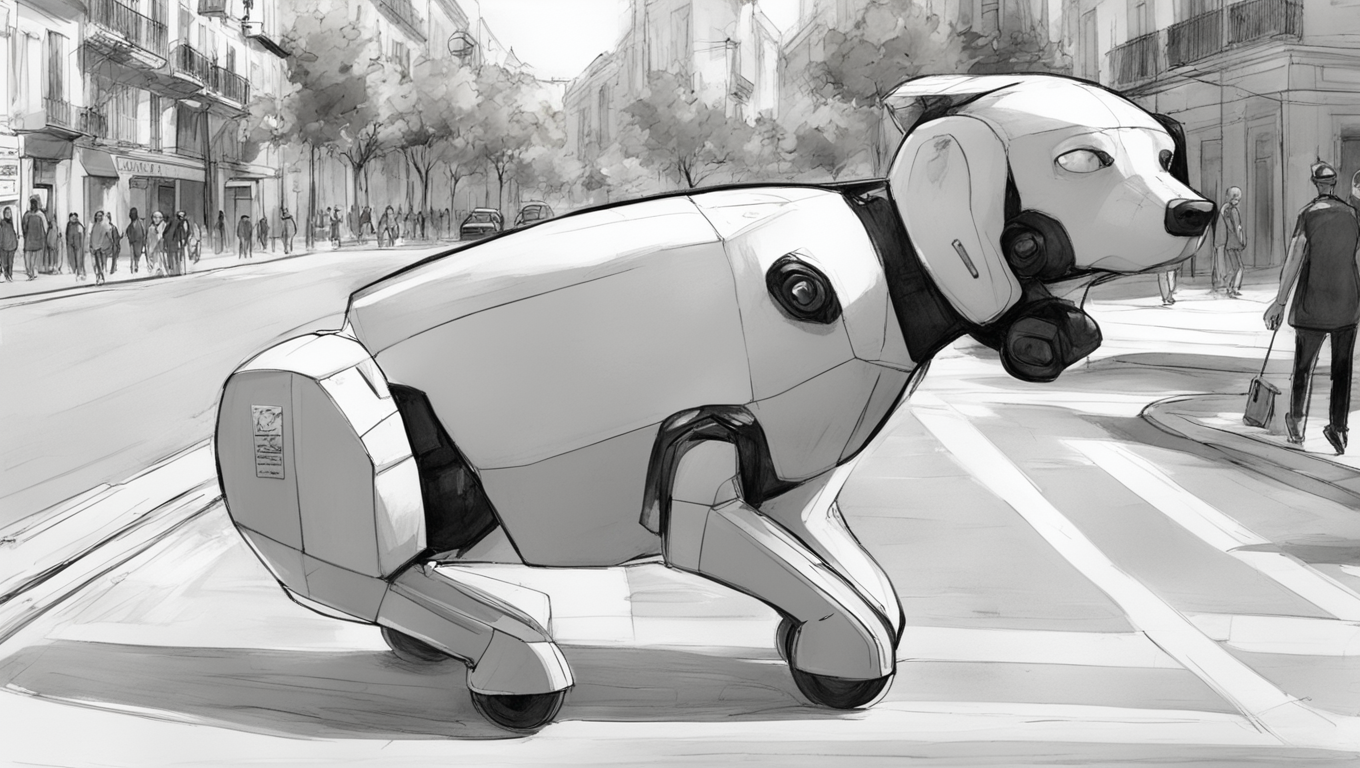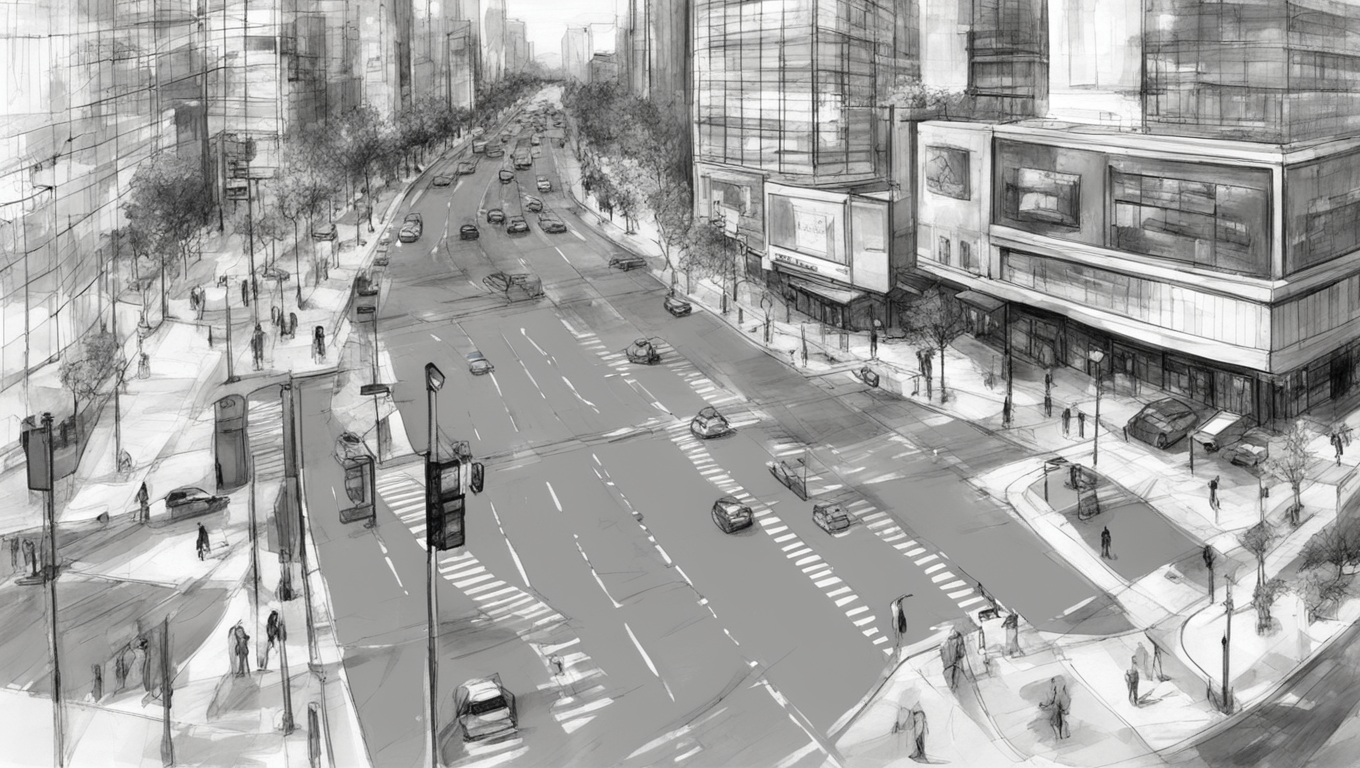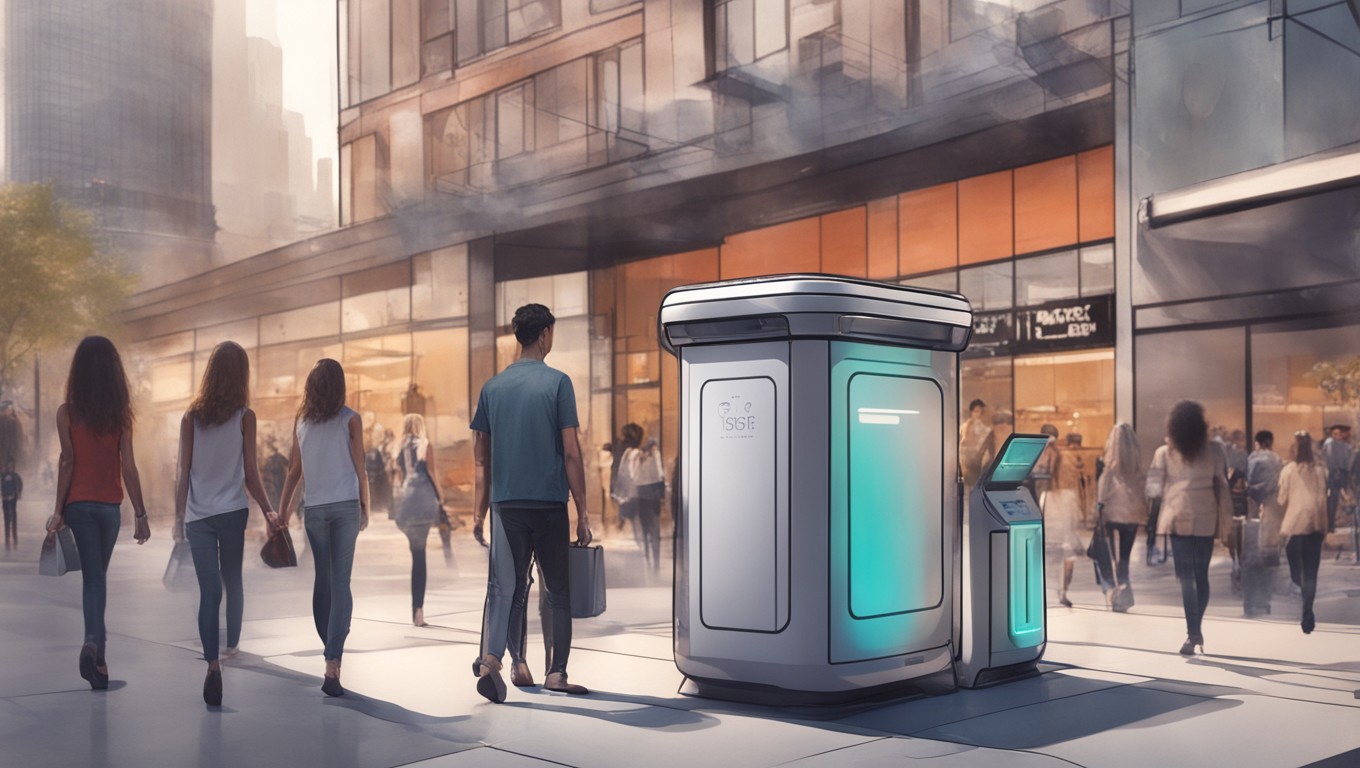In the bustling streets of Málaga, a robotic companion has joined the ranks of the local police force to tackle the issue of reckless scooter riders. This robotic officer, affectionately called the “Robocop pooch,” stands on four legs and weighs a sturdy 35kg. Developed at the University of Málaga, this innovative creation combines artificial intelligence technology with remote control capabilities.
Equipped with a striking blue light on its back, the Robocop pooch serves as a visible symbol of law enforcement as it diligently carries out its duties. Its video technology allows it to detect obstacles and its AI capabilities enable it to issue pre-recorded messages when necessary. For example, it can caution pedestrians of restricted access to certain streets or offer reassurance that help is on the way in the event of an accident. Pedro Merino, director of UMA’s Institute of Software Technology and Engineering, explains that the robot functions as a “support element for the police.” It possesses the capability to record and analyze real-time video footage, detect predetermined problematic situations, and alert authorities during emergencies.
During a recent test run in Málaga’s city center, the Robocop pooch encountered a scooter rider recklessly speeding down a pedestrian walkway. In response, the robot swiftly issued a warning: “It is forbidden to use scooters in this area.” This incident demonstrates how the technology can effectively contribute to maintaining order and safety on the city’s streets.
As the use of scooters becomes increasingly popular in urban areas, it is vital to ensure that they are utilized responsibly and in accordance with city regulations. The deployment of AI-powered patrollers serves as a proactive approach to curb potential dangers and promote adherence to traffic rules. Rather than relying solely on human enforcement, the incorporation of robots into law enforcement amplifies the reach and impact of monitoring efforts.
The introduction of the Robocop pooch in Málaga aligns with Spain’s ever-evolving regulations surrounding e-scooters. With the advent of 2024, new rules have been established to govern their usage. The inclusion of AI-powered robots in the law enforcement arsenal exemplifies Spain’s commitment to staying ahead of the curve when it comes to technological advancements and their applications.
The collaboration between the University of Málaga and the local police force demonstrates the power of interdisciplinary partnerships. By combining expertise in engineering, robotics, and law enforcement, they have developed a formidable tool that can enhance and optimize public safety efforts. As technology progresses, it is crucial for academia and professionals in various fields to join forces and propel society forward.
The Robocop pooch is not only an embodiment of Spain’s dedication to progress, but it is also a harbinger of a technologically-integrated future. With its artificial intelligence capabilities and remote control functionality, this robotic patrolman paves the way for a new era of law enforcement. As we move further into the 21st century, it is becoming increasingly clear that advancements in artificial intelligence and robotics will play a significant role in shaping our society, ensuring the well-being and security of its inhabitants.
In the words of Pedro Merino, director of UMA’s Institute of Software Technology and Engineering, “The robot is a support element for the police, seeking to make public life better, not to replace officers.” The Robocop pooch is an ally to law enforcement, augmenting their capabilities and extending their presence. With its watchful eye and swift response, this robotic officer embodies a future where humans and machines work hand in hand to create a safer and more secure society.





Use the share button below if you liked it.